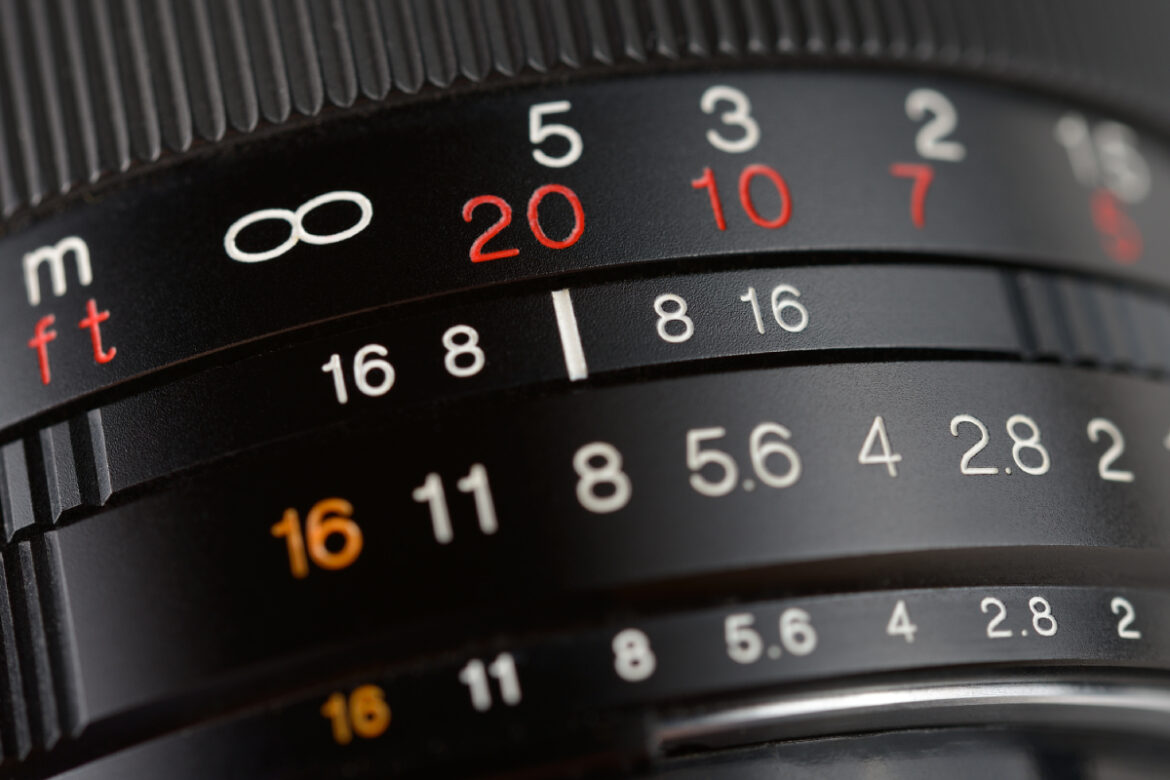“Photographers don’t take pictures. They create images.”
Photographers are known for the big bags they carry around. All their magic tricks are supposed to come out of these mysterious bags. One element residing in there is the lens, and often lenses. To pack only the essential lens or lenses, they must fully understand the proper focal length for real estate photography.
Why is it challenging to decide on the best focal length? Real estate photography deals with a still subject with various features. Capturing the whole estate in one shot and showcasing a cozy fireplace requires different angles, hence the change of focal length.
Meanwhile, there are limits to the weight you can carry around, not to mention the budget you spend on each lens. Because of that, it is vital to choose gadgets wisely and with care while pursuing a career as a real estate photographer.
We must first clarify the options to decide on the best focal length for real estate photography. So, this is how we are doing it: first will review the related terms when it comes to lenses, then we will discuss the available options regarding focal length and lens choice. By then, together, we will be ready to pick the best focal length suiting the requirements of real estate photography.
Shall we?
Table of Contents
Related Factors for Choosing a Lens
Focal length is a characteristic of the lens you choose. When it comes to lenses, we have different categories. You can inspect a lens on its own or combined with the camera. Let’s check out each to see what the difference is.
Lens features minus camera
The focal length and zoom capacity are the chief players when assessing a lens on its own.
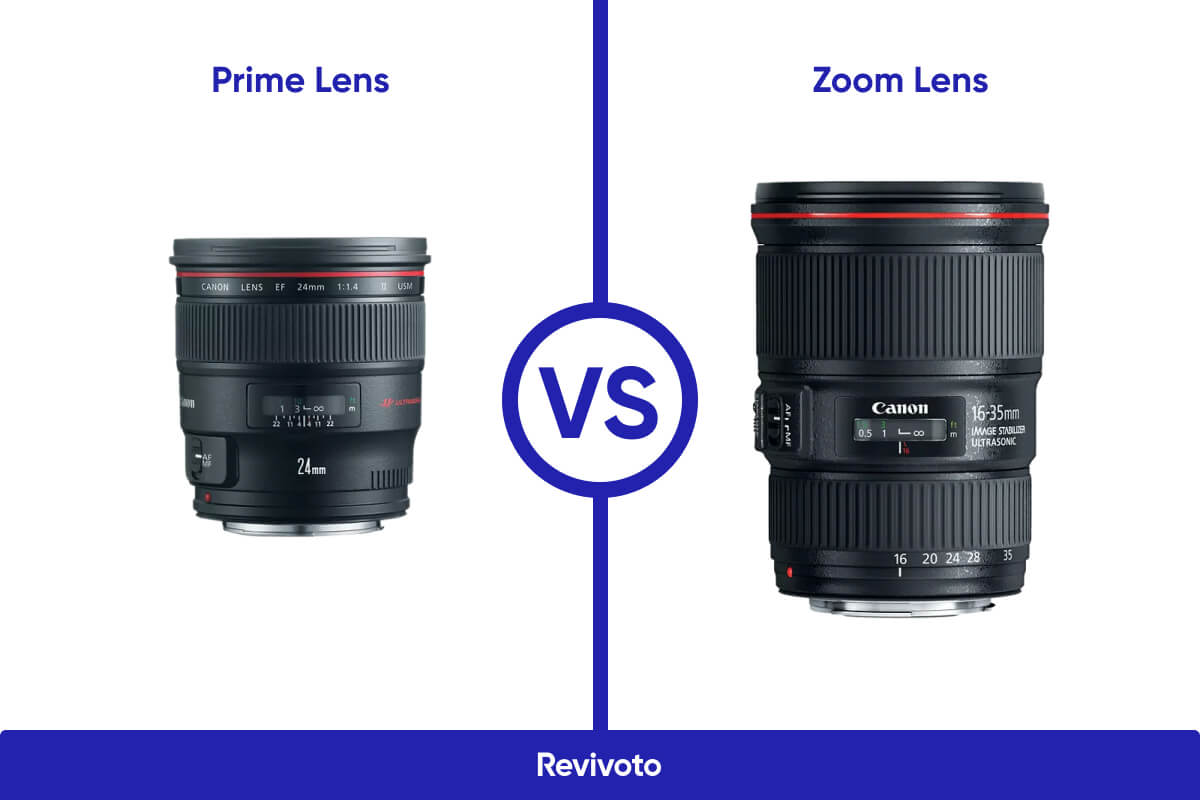
Focal length
When buying a lens, the manufacturer has put a number on its outer barrel in millimeters that states the focal length. Usually, that number becomes the first name of the lens, the last name being its brand. This number indicates the distance between the camera’s sensor and the optical center of the lens. A shorter focal length provides a wider angle of view, while a longer focal length gives a narrower one.
According to this correlation, there are five classes of lenses:
Ultra-wide angle
Lenses with a focal length under 24 mm fall under this category. Since the lens is capturing a vast outlook, the objects’ size does not match reality, and there will be distortion.
Wide angle
Lenses in the range of 24-35 mm focal length are in this class. Because of the depth of field provided by these lenses, you can take equally sharp shots from close and far objects.
Standard
These lenses have focal lengths between 35-70/80 mm. They offer an image similar to what the eyes see. Their depth of the field is somewhat shallow, so they detach the subject from its background.
Telephoto
In these lenses, the focal length lies between 80-300 mm. They single out the subject with a narrow-angle.
Super telephoto
lenses above 300 mm belong to this category. They capture far and/or tiny objects vividly.
Zoom Capacity
A lens can offer either one fixed focal length – a prime lens, or a range of it – a zoom lens. Each has its own qualities:
Prime lenses
They are mostly lighter and optically sharper compared to zoom lenses. Due to their wider maximum aperture, they work better in low-light situations.
Zoom lenses
Since they offer a range of focal lengths, you can save time by not having to switch between lenses. This way, you avoid dusting the camera’s sensor or the mirror box. Also, if you choose the one with a suitable range, that would be the only lens you carry.
Tilt-Shift
This dual feature capacity is only available in prime lenses, and together they offer control over focus, depth of the field, and perspective.
The tilt lets the lens bend downward and upward, letting you play with the depth of the field in your shot and bring two apart points into focus simultaneously. When you tilt the lens, the plane of focus is no longer parallel to the camera sensor, and that is why you can maximize or minimize your depth of the field. Tilting also allows for capturing miniature look shots where all the objects appear small-scaled.
The shift makes it possible for the lens to move up and down and side to side. This feature is most desirable with architectural photography, where you have multiple lines. Using its capacity, you can point the camera straight and level with the ground and capture the picture by moving the lens up to avoid distortion. You can also overcome key stoning in post-production, but that is achieved by cropping the image resulting in the loss of pixels and, evidently, image quality.
As you can see, having a tilt-shift lens can be very useful with real estate photography, but there are caveats:
Tilt-shift is only offered in prime lenses. So, if you opt for a zoom lens, you won’t have this option at your disposal.
They are often expensive. Tilt-shift lenses by brands cost around $2000-3000.
The focus system is manual. With a tilt-shift lens, you can’t rely on auto-focus, and you’ll need to adjust it yourself.
Bottom line, if you have a limitless budget, you can go for one of the wide-angle prime lenses on our recommendation list; otherwise, budget for proper editing to overcome distortion.
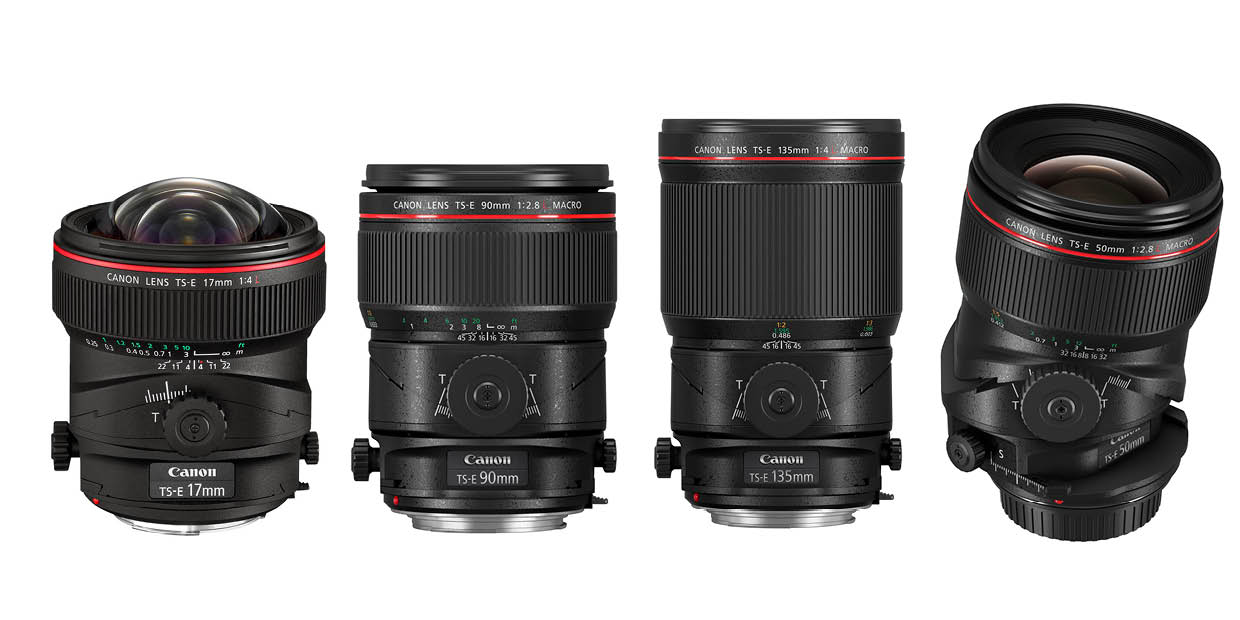
Lens Features Plus a Camera
The above analysis was of a lens not attached to a camera. But, when they are combined, we have other terms that require clarification.
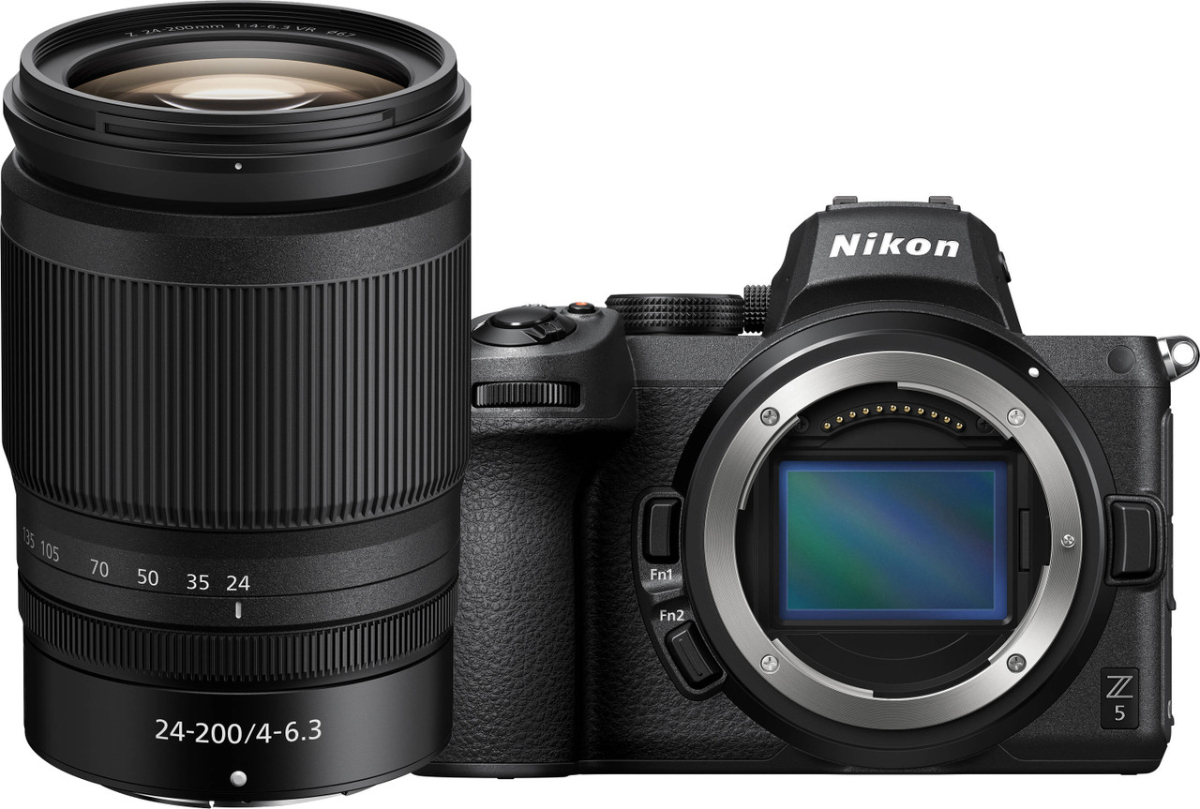
The equivalent focal length
When digital cameras were introduced, their sensor size was made similar to 35 mm film negative: 36 mm x 24 mm. That is the sensor size in all full-frame DSLR cameras. As technology progressed, cropped sensor cameras were introduced to the market. They come in various sensor sizes. When you have a smaller sensor, the view is narrower, and some parts of it are left out of the shot.
All the focal length measurements we discussed earlier are based on a full-frame camera. Generally, a full frame (DSLR or Mirrorless) is a better fit for real estate photography and we recommend it. However, you’ll need to calculate the equivalent focal length of the lens if you use a cropped sensor camera.
Companies that manufacture lenses for cropped sensor cameras enlist a number called “crop factor.” The crop factor is calculated using the diagonal of the full-frame sensor and a cropped sensor. If you divide the first using the second, you get a ratio that works as the crop factor.
So, if a lens description is a 24 mm focal length, that would be the field of view in a full-frame camera. To figure the field of view in a cropped sensor and get the equivalent focal length, all you need to do is to multiply the stated focal length number of the lens by the crop factor.
For instance, with a 24 mm focal length lens, if the crop factor is 1.5, your lens will have the equivalent focal length of 36 mm.
You should remember that nothing changes inside the lens. Only the lens combination with a cropped sensor camera alters the achieved field of view.
Lens mount size
A lens mount is referred to the size of the opening part on every camera where the lens gets attached to. Each camera manufacturer has its own defined size for the mounted lens; they differ in throat diameter, inner diameter, flange distance, and angle of incidence.
You can find out the lens mount of your camera by checking out its manual, or if it comes with an additional lens, you can find the information on the lens.
It is worth mentioning that most manufacturers have different lens mounts for their Mirrorless cameras. For instance, Canon introduced RF lenses specifically for its Mirrorless line; the same applies to NIKKOR Z lenses that are designed for Mirrorless. Of course, they are others like Sony that offer the same size mount across their cameras.
Due to the difference in lens mounts, generally, you cannot mount a lens from one brand to another brand’s camera unless you use an adopter.

Lens mount adapter
With a lens mount adapter, you can use a lens with a different camera mount size on an un-matching camera. Some companies offer adapters that are perfectly compatible with their products. Also, some third-party manufacturers make adapters, but they typically fall short in transmitting the electronic data from the lens to the camera.
So, keep in mind that if you are upgrading or going for a different mount lens, you’ll need an adapter that perfectly matches the two gears. This is of utmost importance because if the camera and lens are unable to communicate thoroughly, it will reflect in image quality.
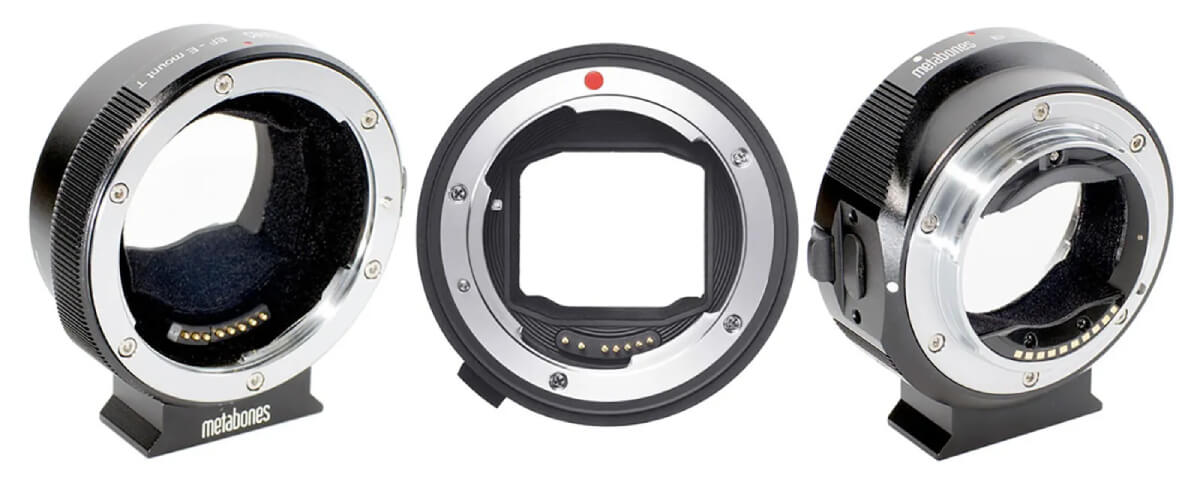
Best Focal Length for Real Estate Photography
Now that we have a clear picture of the options at hand, we can decide on the best focal length and the proper lens.
Based on the subject of real estate photography, you definitely need a wide-angle or an ultra-wide-angle lens. The 24 mm works well with capturing the outdoors on most estates and the narrow rooms inside the property. You can go to 18 mm to get the ultra-wide for big mansions and even lower, like 11 mm or 12 mm, to capture narrow interior spaces.
With lower focal length lenses, while they give you an ultra-wide angle, they cause massive distortion and may misrepresent the property. These lenses show a vast view, so you may end up capturing a room much bigger than it actually is. They are best used when shooting the exterior.
While shooting the interior or the property’s noteworthy features, wide-angle up to standard focal length works well. This focal length range allows you to bring out unique attributes.
Taking all that in mind, if you have the budget and the time to carry multiple lenses and change them on location, you can go with prime lenses with ultra-wide, wide, and standard focal points and even a tilt-shift option as a bonus. If you want to save time and move lightly from one project to another, we recommend a zoom lens with ranging 16-35 and 24-70 mm focal lengths to cover all your needs during a real estate shoot.
Let’s check out the lenses in the market that cover your needs as a real estate photographer.
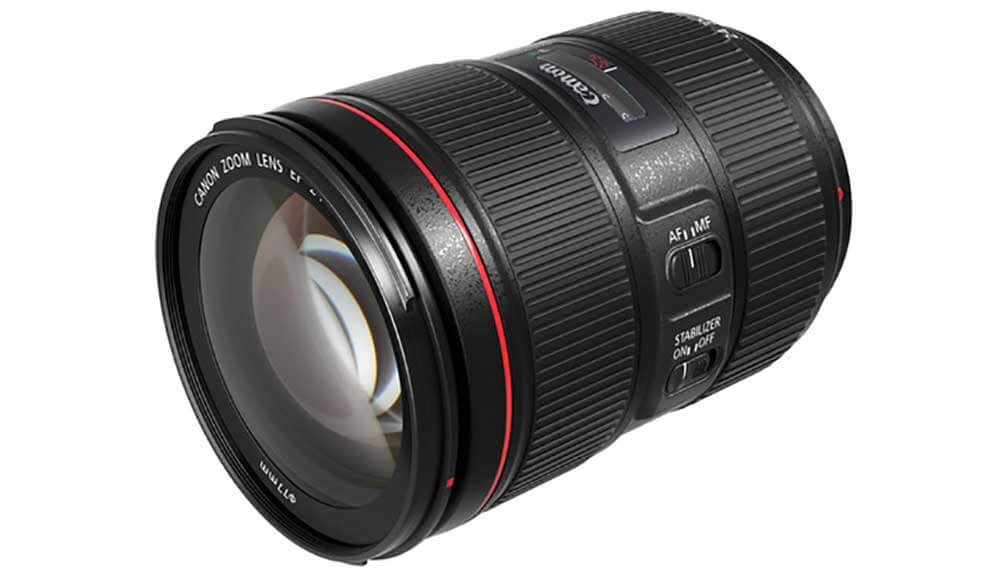
Best Lenses for Real Estate Photography
As we discussed before, prime and zoom lenses are both an option for real estate photography, depending on your budget. Here we will give a selective list of both types of lenses, and you can pick from them accordingly. Since DSLR cameras have been in the market longer, their lenses are more established and used. However, we will also share our suggested zoom lenses for Mirrorless cameras. Our list of lenses is prepared in relation to the best cameras for real estate photography.
Prime Lenses
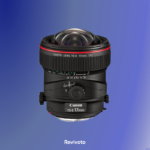
Why buy it?
Tilt-shift
Aperture range: f/4 to f/22
Four UD elements
Shortcomings
Manual focus
No image stabilizer
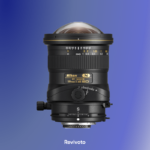
Why buy it?
Tilt-shift
Shortcomings
Manual focus
No image stabilizer
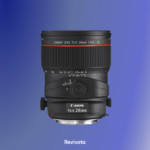
Why buy it?
Tilt-shift
Shortcomings
Manual focus
No image stabilizer
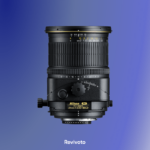
Why buy it?
Tilt-shift
Extra Low Dispersion
Shortcomings
Lacking 4K video recording
Having only one SD card slot
Zoom Lenses (for DSLR)
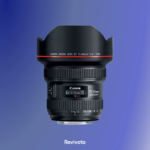
Why buy it?
Four aspheric lens elements
Super Ultra Low Dispersion element
Having SWC+ASC
Supporting rear insert-type gelatin filters
Shortcomings
Edge distortion
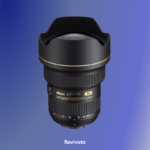
Why buy it?
Two Extra-low Dispersion elements
Nano Crystal Coat
Silent Wave Motor
Shortcomings
Not supporting filters
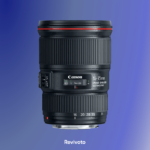
Why buy it?
Optical image stabilizer
Constant f/4 maximum aperture
Two Ultra-low Dispersion elements
Ultrasonic Motor
Shortcomings
Edge distortion
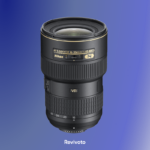
Why buy it?
Image stabilization
Vibration reduction
Silent Wave Motor
Shortcomings
Corner distortion
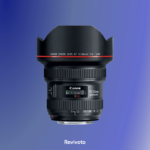
Why buy it?
Ultrasonic Motor
Super Spectra Coating
Supporting gel filters
Shortcomings
Reduced sharpness by the edges
Not rising to the expectation of an L-series lens
Zoom Lenses (for Mirrorless)
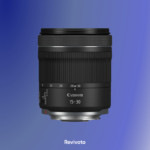
Why buy it?
Two UD Glass Elements
Super Spectra Coating
Configurable Control Ring
Shortcomings
Missing AF/MF button

Why buy it?
Nano Crystal Coat
Stepping Motor
Programmable Control Ring
Shortcomings
Reduced sharpness by the corner
Zoom Lens (for Sony cameras)
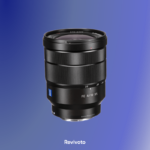
Why buy it?
Optical image stabilizer
Three ED glass elements
Zeiss anti-reflective coating
Five Aspherical Elements
Shortcomings
slight aberration on the edges
Best Prime Lenses for Real Estate Photographs
Canon TS-E 17mm f/4L UD
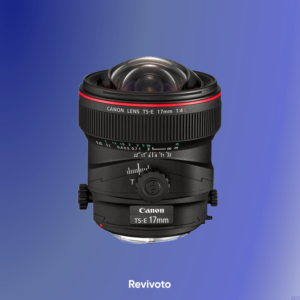
An ultra-wide angle lens that assists you in capturing both the exterior and interior shots. It provides +/- 12mm of the shift to adjust the depth of the field and perspective and up to +/- 6.5° of tilt to control focus. Also, the Aspherical Element provides a glare-free image quality.
- Aperture range: f/4 – f/22
- Focal length: 17mm
- Lens mount: Canon EF
- Angle of view: 104°
- Optical design: 18 elements in 12 groups
- Weight: 1.8 lb / 820 g
- Compatibility: Nikon full-frame DSLR cameras like D750 and D850
Nikon PC NIKKOR 19mm f/4E ED
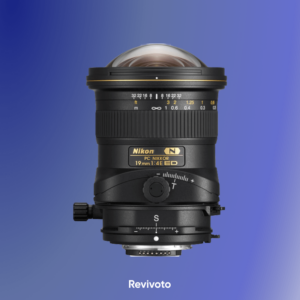
With this ultra-wide lens, you can capture both tight rooms and the whole structure since it offers 7.5° of tilt and +/- 12mm of shift. That, combined with two Aspherical and three Extra-low Dispersion Elements, lets you avoid aberrations and get sharper images.
- Aperture range: f/4 – f/32
- Focal length: 19mm
- Lens mount: Nikon F
- Angle of view: 97°
- Optical design: 17 elements in 13 groups
- Weight: 1.95 lb / 885 g
- Compatibility: Nikon full-frame DSLR cameras like D750 and D850
Canon TS-E 24mm f/3.5L II
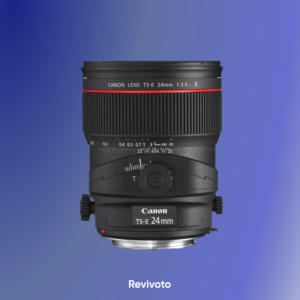
One of Canon’s L-series lenses offer up to +/- 8.5° of tilt with +/-12mm of shift. In this series, Canon has used four Ultra-low Dispersion Elements resulting in the reduction of aberrations. The individual elements have Subwavelength Coating to provide color neutrality and better contrast.
- Aperture range: f/3.5 – f/22
- Focal length: 24mm
- Lens mount: Canon EF
- Angle of view: 84°
- Optical design: 16 elements in 11 groups
- Weight: 1.72 lb / 780 g
- Compatibility: Canon full-frame DSLR cameras like EOS 5D Mark IV and EOS 6D
Nikon PC-E NIKKOR 24mm f/3.5D ED
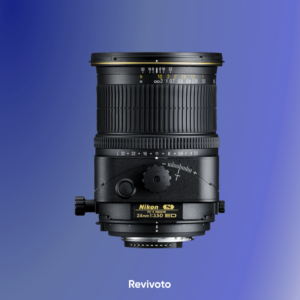
A wide-angle lens that offers up to +/- 8.5° of tilt and +/- 11.5mm of shift to get you control over focus and perspective. With Nano Crystal and Super Integrated Coating, you can capture photos with reduced ghosting and flare while having a better contrast in strong lighting.
- Aperture range: f/3.5 – f/32
- Focal length: 24mm
- Lens mount: Nikon F
- Angle of view: 84°
- Optical design: 13 elements in 10 groups
- Weight: 1.61 lb / 730 g
- Compatibility: Nikon full-frame DSLR cameras like D750 and D850
Best Zoom Lenses for Real Estate Photography (DSLR)
Canon EF 11-24mm f/4L USM
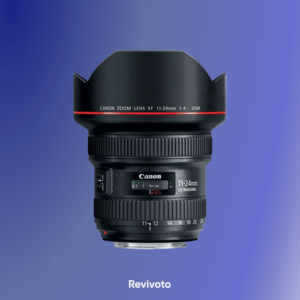
A zoom lens ranging between ultra-wide and wide angle that can easily satisfy your needs in real estate photography. With a constant f/4 maximum aperture, you get solid performance in the light transmission all through the zoom range.
- Aperture range: f/4 – f/22
- Focal length: 11 to 24mm
- Lens mount: Canon EF
- Angle of view: 126° 5′ to 84°
- Optical design: 16 elements in 11 groups
- Weight: 2.6 lb / 1180 g
- Compatibility: Canon full-frame DSLR cameras like EOS 5D Mark IV and EOS 6D
Nikon AF-S NIKKOR 14-24mm f/2.8G ED
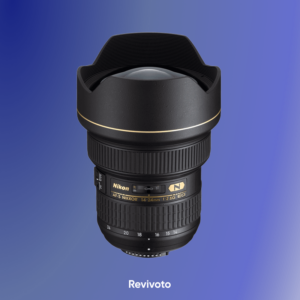
This NIKKOR lens provides the necessary zoom range for interior and exterior photography. Together with a Silent Wave Motor, the lens is enabled to autofocus fast and silently, but you can always use the manual focus. To reduce aberration and distortion, it is equipped with three Aspherical elements and two Extra-low Dispersion elements.
- Aperture range: f/2.8 – f/22
- Focal length: 14 to 24mm
- Lens mount: Nikon F
- Angle of view: 114° to 84°
- Optical design: 14 elements in 11 groups
- Weight: 2.2 lb / 1000 g
- Compatibility: Nikon full-frame DSLR cameras like D750 and D850
Canon EF 16-35mm f/4L IS USM
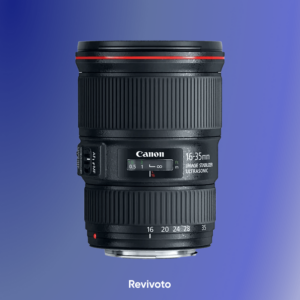
The incorporated image stabilizer in this wide-angle zoom lens lets you capture sharp real estate images. The Super Spectra coating reduces the flare and ghosting and improves the contrast. With three Aspherical elements, you got distortion under control. Together results in a perfect zoom lens for real estate photography.
- Aperture range: f/4 – f/22
- Focal length: 11 to 24mm
- Lens mount: Canon EF
- Angle of view: 108° 10′ to 63°
- Optical design: 16 elements in 12 groups
- Weight: 1.35 lb / 615 g
- Compatibility: Canon full-frame DSLR cameras like EOS 5D Mark IV and EOS 6D
Nikon AF-S FX NIKKOR 16-35mm f/4G ED
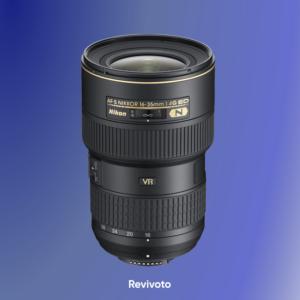
This zoom lens offers a proper range of wide-angle focal lengths combined with the f/4 maximum aperture; that is why you can get the best results in different lighting situations. The three Aspherical Elements, together with two Extra-low Dispersion element, gives you a high level of sharpness and accuracy. On top of all that, you have the VR II image stabilization to reduce the camera shake.
- Aperture range: f/4 – f/22
- Focal length: 14 to 24mm
- Lens mount: Nikon F
- Angle of view: 107° to 63°
- Optical design: 17 elements in 12 groups
- Weight: 1.5 lb / 680 g
- Compatibility: Nikon full-frame DSLR cameras like D750 and D850
Canon EF 17-40mm f/4L USM
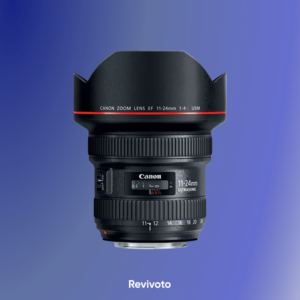
Like other L-series Canon lenses, you can expect optimal performance from this one due to its constant f/4 maximum aperture along with three Aspherical Elements. The flare and ghosting are reduced through Super Spectra coating. With an internal focusing feature and the option for manual focus override, you are assured of an accurate performance
- Aperture range: f/4 – f/22
- Focal length: 17 to 40mm
- Lens mount: Canon EF
- Angle of view: 104° to 57° 30′
- Optical design: 12 elements in 9 groups
- Weight: 1.1 lb / 500 g
- Compatibility: Canon full-frame DSLR cameras like EOS 5D Mark IV and EOS 6D
Best Zoom Lenses for Real Estate Photography (Mirrorless)
Canon RF 15-30mm f/4.5-6.3 IS STM
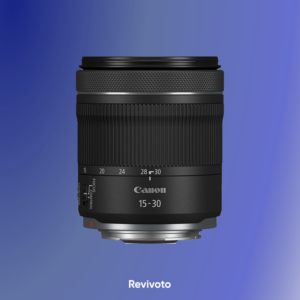
A compact and light zoom lens that accompanies you in capturing sharp pictures with an incorporated Optimal Image Stabilizer. The Ultra-low Dispersion Glass Elements reduce the aberration and provide high clarity and contrast. The STM stepping motor lets you shoot quietly, fast, and smoothly at the same time.
- Aperture range: f/4.4 to 6.3 – f/22 to 32
- Focal length: 15 to 30mm
- Lens mount: Canon RF
- Angle of view: 110° 30′ to 71° 35′
- Optical design: 13 elements in 11 groups
- Weight: 13.8 oz / 390 g
- Compatibility: Canon full-frame Mirrorless cameras like EOS R5 and EOS R
Nikon NIKKOR Z 14-30mm f/4 S
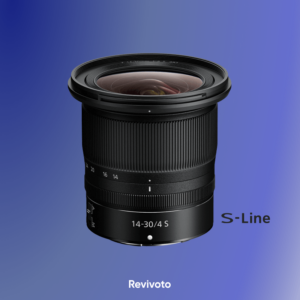
A zoom lens offering a wide range of ultra-wide depth of field that lets you get the best out of tight spaces as well as outdoors. The constant f/4 maximum aperture provides consistent exposure in all zoom ranges. Four Extra-low dispersion and four Aspherical elements together raise the clarity and sharpness of your listing images.
- Aperture range: f/4 – f/22
- Focal length: 14 to 30mm
- Lens mount: Nikon Z
- Angle of view: 114° to 72°
- Optical design: 14 elements in 12 groups
- Weight: 1.07 Ib / 485 g
- Compatibility: Nikon full-frame Mirrorless cameras like Z6 II
Best Zoom Lens for Real Estate Photography (Sony Cameras)
Sony Vario-Tessar T* FE 16-35mm F4 ZA OSS
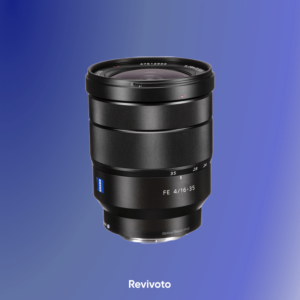
This is a versatile zoom lens with a flexible wide-angle range that can cover the requirements of shooting the interior and exterior equally. It offers less reflection due to ZEISS Tessar anti-reflective coating resulting in sharper images. The inclusion of five Aspherical elements reduces all monochromic aberrations.
- Aperture range: f/4 – f/22
- Focal length: 16 to 35mm
- Lens mount: Sony E
- Angle of view: 107° to 63°
- Optical design: 12 elements in 10 groups
- Weight: 18.27 oz / 518 g
- Compatibility: Sony full-frame digital cameras like Alpha A7R IV A and A7III
Conclusion
Choosing the best focal length for real estate photography depends on multiple factors discussed in this blog. But the most important deciding factor is the real estate photographer! No one knows the requirements better than you. Not all real estate photographers shoot houses with the broad outdoors. You may only shoot apartments and studios.
That is why we have provided you with all the necessary information; now, you shall create the image you want.


